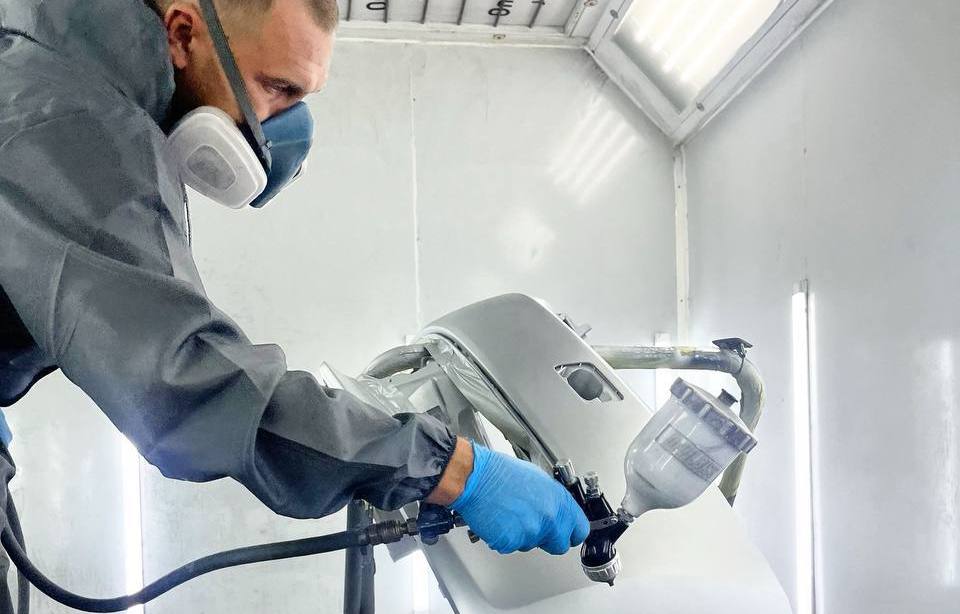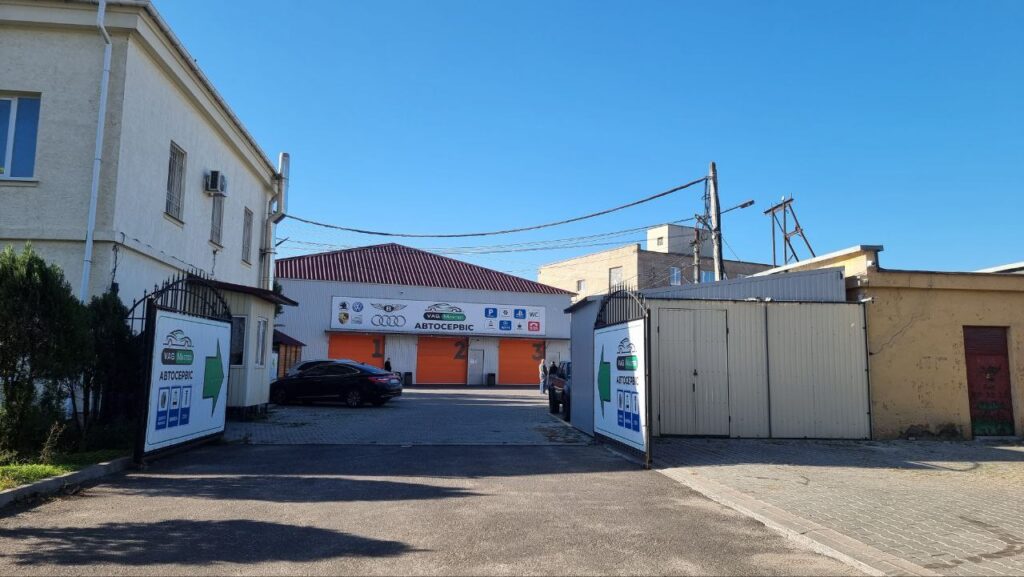Long car trips require careful preparation to avoid unpleasant situations on the road. Follow this checklist to ensure your car is in perfect condition before the trip.
Checking the technical condition of the car
Brake system
Before the trip, be sure to check:
- Condition of brake pads and discs.
- Brake fluid level.
- Handbrake operation. If there is a suspicion of wear of the brake system, it is better to replace the parts in advance.
Fluid levels
For safe driving, make sure that the levels of all operating fluids are normal:
- Engine oil – check with a dipstick and replace if necessary.
- Coolant – important to prevent engine overheating.
- Brake fluid – should not be cloudy.
- Windshield fluid – especially important in rainy weather.
Tire condition and pressure
Tires – a key element of road safety:
- Check the tread depth, wear and possible damage.
- Adjust the pressure according to the manufacturer’s recommendations.
- Don’t forget to check the spare tire.
Electronic Systems and Lighting Inspection
- Check the operation of the headlights, brake lights and turn signals.
- Make sure the battery is in good condition and holds a charge.
- Check the operation of the windshield wipers and replace the blades if necessary.
- Test the air conditioning and heating system, especially if you are driving in the cold season.
Necessary tools and spare parts on the road
The car should have:
- Jack, tire wrench and spare tire.
- Tow rope.
- Tool kit (wrenches, pliers, screwdrivers).
- Spare fuses and bulbs.
- First aid kit and fire extinguisher.
- Emergency stop sign.
- Flashlight with spare batteries.
- Work gloves and rags for cleaning hands.
- Battery jump leads.
- Fuse set.
- Spare alternator belt.
- Spare spark plugs.
- Lubricant for door locks and seals in the cold season.
Road Safety Tips
- Plan your route before you set off, mark gas stations and rest areas.
- Keep to the speed limit and avoid sudden braking.
- Change drivers every 3-4 hours or take breaks.
- Keep your phone charged and bring a charger.
- Use a navigator and monitor road conditions.
- Always fasten your seat belt and remind your passengers to do so.
- Exercise extra caution in bad weather: reduce speed and increase distance to cars in front.
- When traveling long distances, it is better to have a spare car key with you.
- Leave information about your route and estimated time of arrival with loved ones.
- If you feel tired, stop and rest, do not risk your safety.
- Have some cash with you in case cashless payment is not available.
Tips for saving fuel on the road
To reduce fuel costs on long trips:
- Maintain optimal speed, avoid sudden acceleration and braking.
- Check your tire pressure – under-inflation increases fuel consumption.
- Try not to overload your car, as excess weight increases fuel consumption.
- Use cruise control on the highway to drive evenly.
- Close the windows at high speeds, as this reduces aerodynamic drag.
- Refuel only at proven gas stations to avoid low-quality fuel.
- Turn off the air conditioner if it is not necessary, as it increases the load on the engine.
Useful accessories for comfort on the road
- Phone or tablet holder for convenient use of the navigator.
- Car charger with multiple USB ports.
- Pillows and blankets for passengers, especially if you have to spend the night on the road.
- A thermos or car refrigerator to store food and drinks.
- Wipes and wet towels to keep the interior clean.
- Organizer in the trunk for convenient storage of things.
- Protective curtains on the windows from the sun.
- Additional water tanks and a minimum supply of food in case of a delay on the road.
By following this checklist, you will reduce the risk of breakdowns and unforeseen situations on the road, ensuring the comfort and safety of your trip.




































 Request a Call
Request a Call  Plot Route
Plot Route  Reviews on Google
Reviews on Google 
